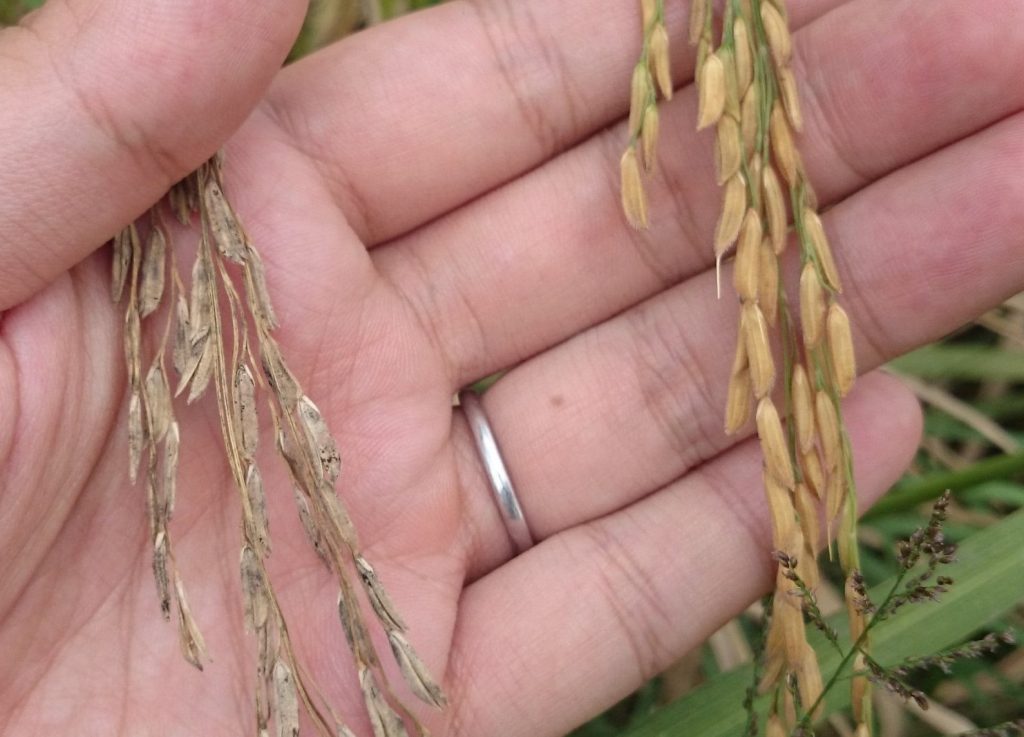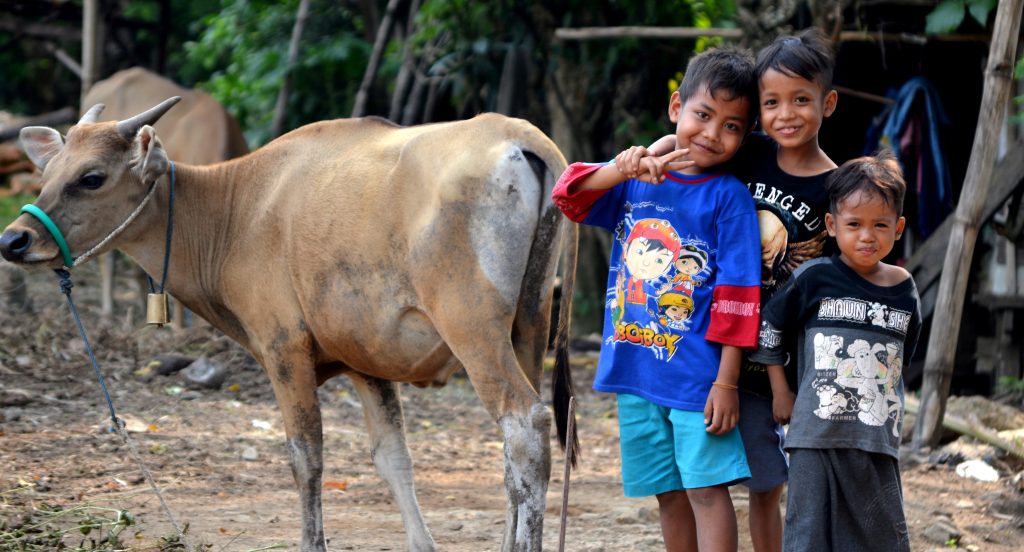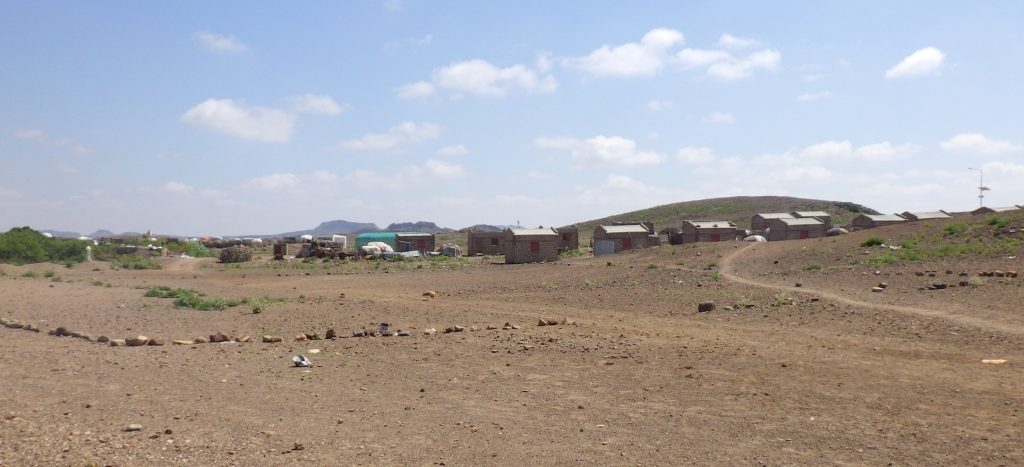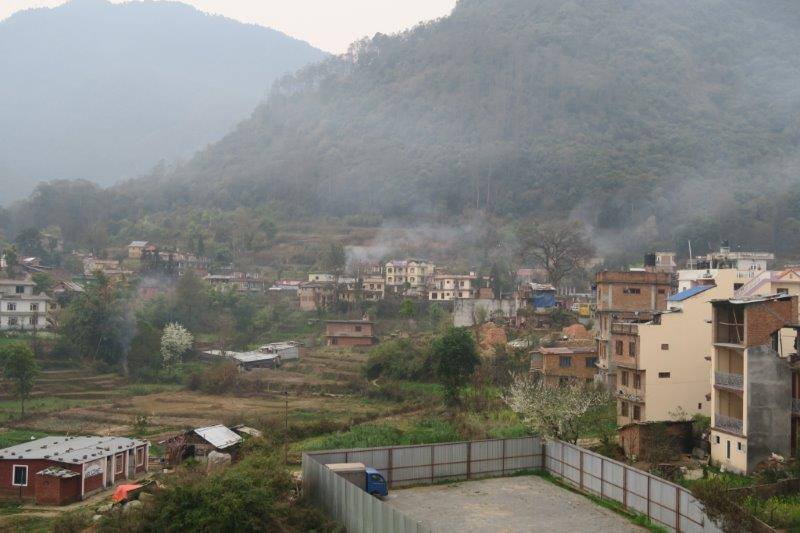Central Kalimantan, Indonesia
Forest ecosystem services contribute to agricultural production in several ways, including soil conservation, nutrient retention, crop pollination, and pest control. While such roles are recognized, deforestation remains a critical issue in the tropics and some African countries. We investigated how forest degradation affects agricultural production in Indonesia. Our research found that forest loss has negatively affected agricultural production in Indonesia, leading to income decline among farmers and risking their livelihoods. The annual economic loss in agricultural production due to forest loss has been estimated to be US$ 2.63 billion in 2014 in Indonesia. Biological control might be a plausible mechanism underlying the production loss.
Yamamoto et al. (2019) Forest change and agricultural productivity: Evidence from Indonesia. World Development, 114, 196-207.


Lombok, Indonesia
Mangrove ecosystems can contribute to fish yields by providing a nursery habitat and food resources for a vast number of fish species. I examined the causal effects of mangrove loss on fishery household income in Indonesia using household data combined with satellite-derived mangrove loss. My research found that mangrove loss leads to a significant income decline in fishery households. Fishers increased work hours and decreased non-food consumption under the income shock. The potential economic value of mangrove conservation is estimated to be more than US$ 22,000 /hectare/year, which means that mangrove conservation is highly cost-effective than alternative land uses, such as aquaculture and oil palm plantation.
Our another research also found that fishery households buffer the income shock caused by mangrove loss by reducing investments in education and increasing early marriage among girls. Specifically, we found that girls in fishery households are less likely to complete high school and achieve lower scores on mathematical tests relative to other households when mangrove loss occurs at high school age. We also found that girls are more likely to marry before they reach 18 years old owing to mangrove loss. These results suggest that school enrollment is substituted for early marriage. Since these effects are limited to girls living with a bride payment culture, this may reflect the fishery household’s buffering behavior to income decline under mangrove degradation.
Yamamoto (2023) Living under ecosystem degradation: Evidence from the mangrove–fishery linkage in Indonesia. Journal of Environmental Economics and Management, 102788.
Yamamoto and Shigetomi (2022) Ecosystem Degradation, Educational Attainment, and Early Marriage. SSRN WPS.


Ali-sabie, Djibouti
Since nomadic people migrate to a wide range of habitats, they usually do not have enough access to typical social services, such as education, medical care, and basic infrastructure. As a result, they are often referred to as the most hard-to-reach population. We aim to find out what social supports or provisions of infrastructures are important for promoting settlement. Using satellite-based precipitation and nighttime light information, our research found that precipitation increased nighttime lights near wadis (potential points of water springs) in Djibouti, indicating that human activities increased in response to precipitation. This result implies that water supply is one of the important supports for settlement projects.
Sedentarization is a typical idea for nomadic communities to provide basic infrastructure and public services. However, such policy efforts tend to be delayed, leaving nomadic communities with limited opportunities to access education and basic infrastructure in many regions. Our research investigates perceptions of policies among citizens in Djibouti and found that the sedentarization policy ranked as the lower preference than other social and economic policies. Such low prioritization among citizens may partly explain the delay in their implementation. These findings highlight the necessity for international support to facilitate the settlement of nomadic people in the context of the current situation in Djibouti.
Ali et al. (2024) Nomadic responses to rainfall: Nighttime light evidence from wadis in Djibouti. Scientific African, e02337.
Ali et al. (2025) Sedentarization of the nomadic people and its citizens’ perceptions. Development Studies Research, Vol. 12, Issue 1, 2447269.


Shanghai, China
The link between air pollution and human health has long remained a primary concern for human well-being. Our research (based on my student’s master thesis) investigated the short- and long-term risks of prenatal exposure to air pollution in China. We found that exposure in the last 28 days before delivery lowers birth weight and length, and we also found that the effects persist in the long term. Prenatal exposure to air pollution in the last 28 days before delivery is negatively associated with height-for-age measured later in life at 13-15 years post-exposure. These results suggest that early-life exposure to air pollution may lead to significant social costs, including loss of economic activities, medical expenses, and avoiding pollution.
Yang et al. (2023) The final 28 days: Prenatal exposure to air pollution and child anthropometric outcomes. Journal of Environmental Management, 118289.

Kathmandu, Nepal
Gender gaps in the labor market have long been a crucial issue in developing countries where there are significant differences between men and women in educational attainment levels. Our research investigated how educational attainment affects occupational choice for men and women in urban and rural areas of Nepal. The result showed that women in rural areas have difficulty finding regular work even with higher educational levels than men and urban women. We also found that rural women, even in regular work, face a significant wage gap owing to gender discrimination effects. These results indicate that, despite higher education levels on par with men or urban women, rural women have fewer opportunities to find regular work and face significant wage discrimination even when they find work. This may explain the perceived lower incentives for educating girls in rural Nepal.
Yamamoto et al. (2019) Gender-based differences in employment opportunities and wage distribution in Nepal. Journal of Asian Economics, 101131.
